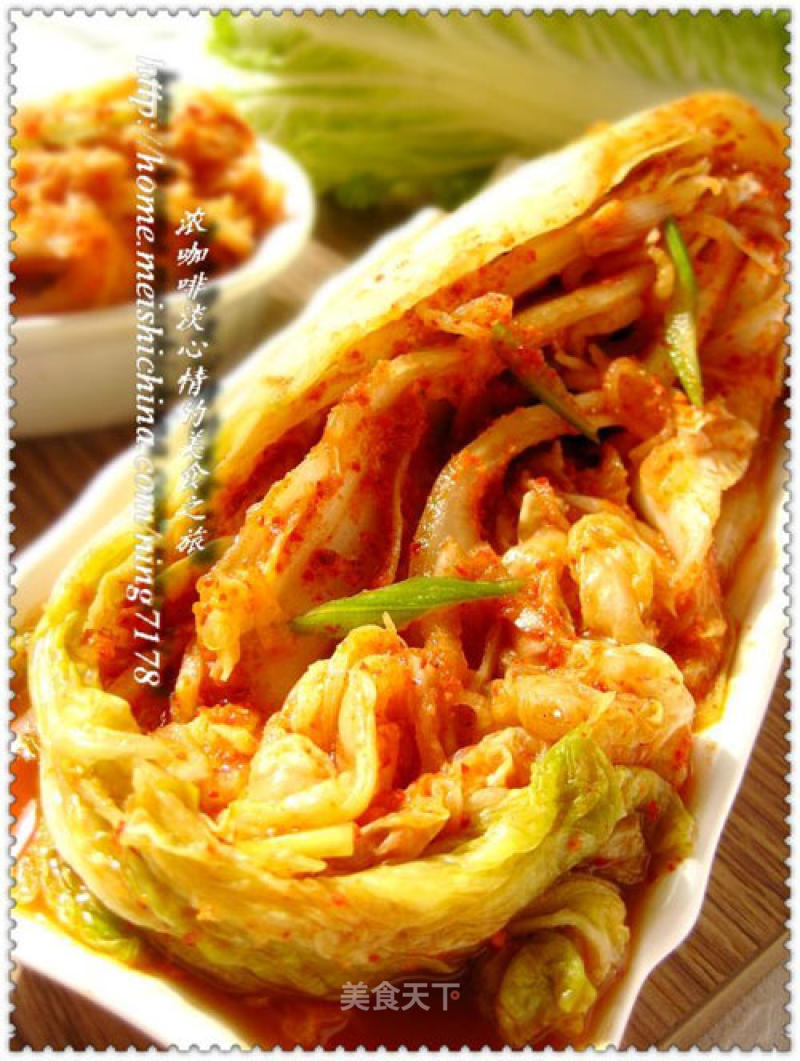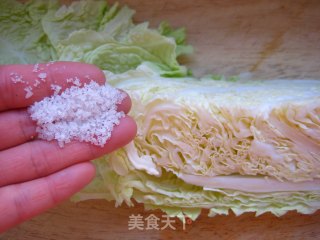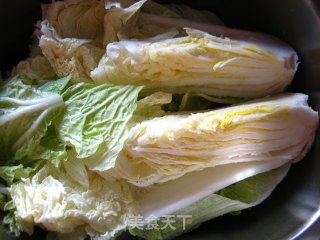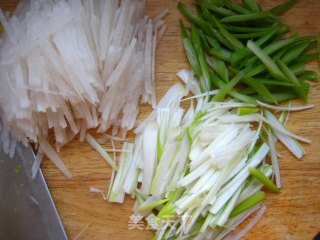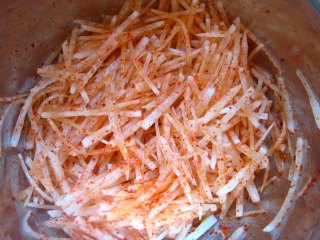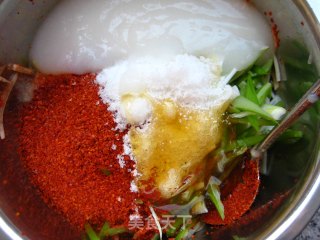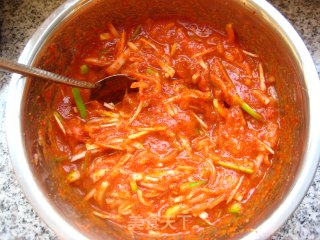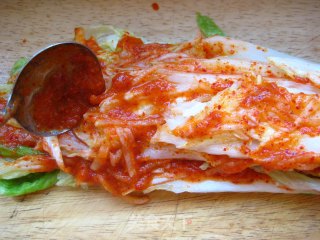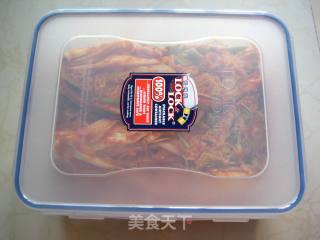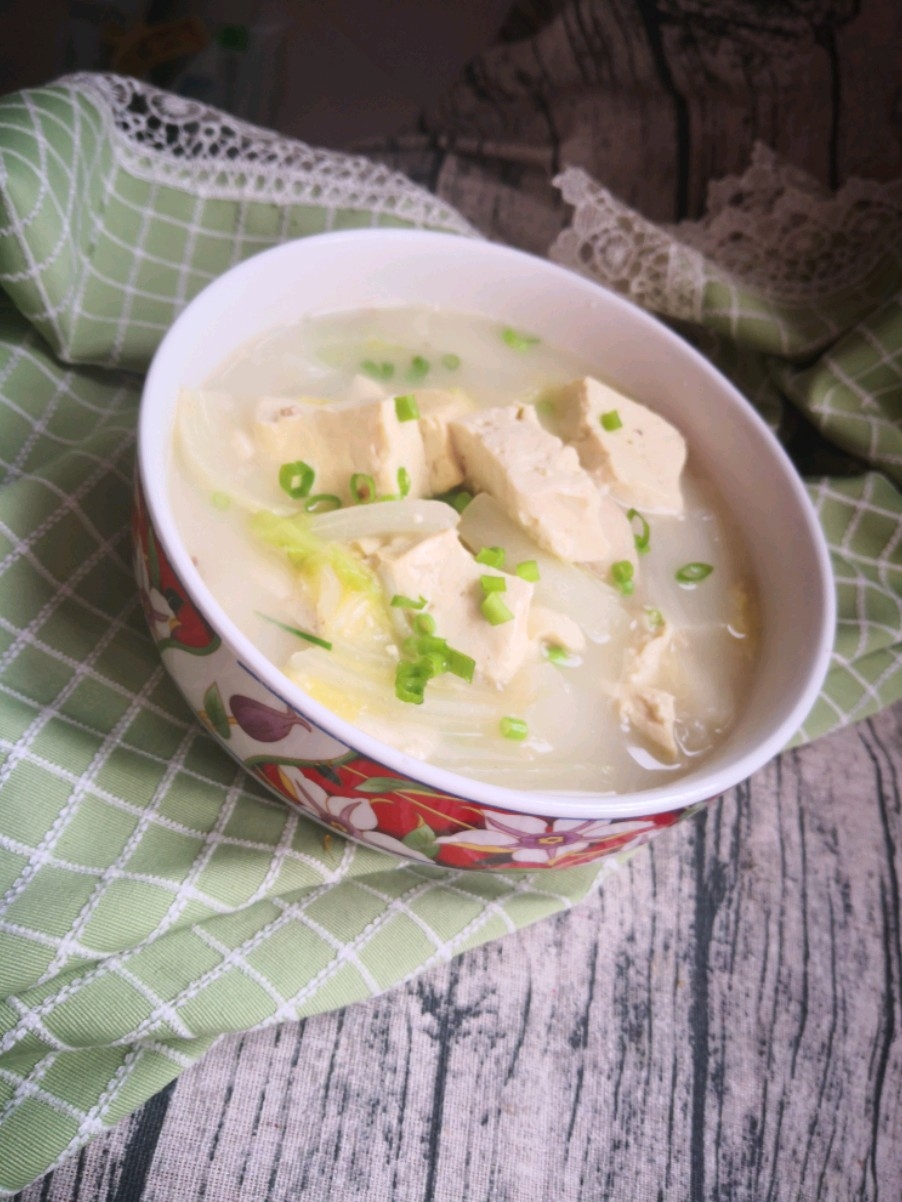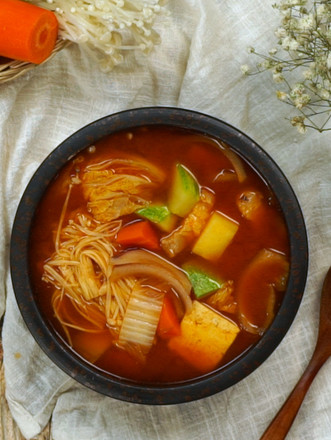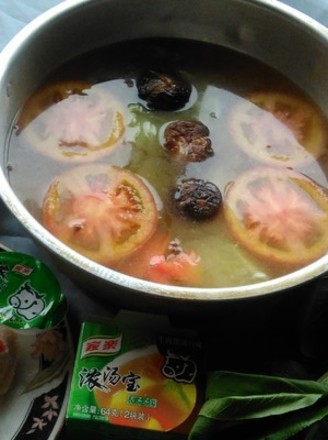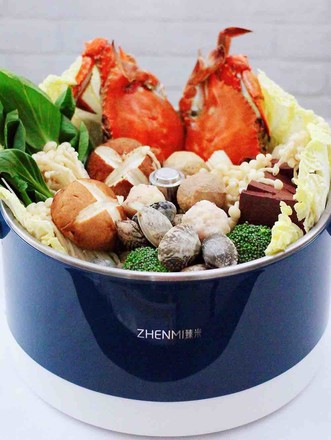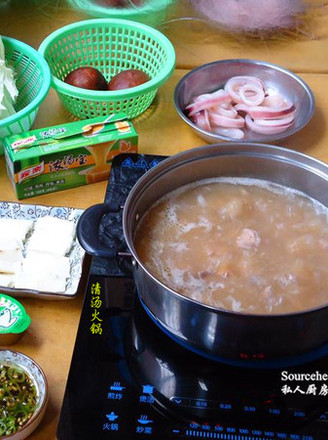Korean Kimchi Make Your Own-cabbage Kimchi
by Espresso light mood
Favorite
Difficulty
Normal
Time
48h
Serving
2
This recipe comes from a well-known master of Korean food, and the taste is very authentic.
Korean kimchi storage method:
In the process of making kimchi, the kimchi needs to be naturally fermented in a sealed container, and the fermentation will give the vegetables a special flavor and taste.
During the fermentation process, countless lactic acid bacteria in the sealed container will begin to grow and multiply, and this period of time is an important stage that controls the success or failure of kimchi making, so preservation is extremely important at this time. Therefore, after the kimchi is put into the container and sealed with a lid, it should be placed in a cool place out of sunlight. The most suitable temperature for the propagation of lactic acid bacteria is 0-25℃. Avoid excessively high temperature, because the higher the temperature, the faster the growth of lactic acid bacteria. Therefore, if you make kimchi in a season or area with higher temperatures, pay attention to observe or shorten the fermentation. Time, so as not to over-ferment and make the kimchi too sour.
Once the kimchi is fermented to the proper acidity, it is the best time to taste delicious. At this time, it must be stored in the refrigerator so that the lactic acid bacteria will not continue to grow and cause the kimchi to become too acidic.
Even fermented and pickled kimchi has a certain shelf life. It is recommended to use clean, water-free, and oil-free chopsticks and spoons after opening to prevent the kimchi from spoiling. Also, use a small container to pickle the energizer, which is more convenient to eat. It is better to eat it as soon as possible after opening.
If there is a large amount of production at one time, after the fermentation is finished, it can be divided into small containers or plastic bags to reduce the contact of kimchi with air and maintain the best freshness. It is also a way of not letting it. How to make kimchi sour easily.
Once kimchi comes into contact with the air, it tends to become sour earlier and lose its flavor, so take it out as quickly as possible.
The time and temperature changes required to make kimchi fermentation (for reference only):
At room temperature 8-12°C, about 4 days at room temperature 18-20°C, about 2 days at room temperature 27-30°C, about 1 day"
Korean kimchi storage method:
In the process of making kimchi, the kimchi needs to be naturally fermented in a sealed container, and the fermentation will give the vegetables a special flavor and taste.
During the fermentation process, countless lactic acid bacteria in the sealed container will begin to grow and multiply, and this period of time is an important stage that controls the success or failure of kimchi making, so preservation is extremely important at this time. Therefore, after the kimchi is put into the container and sealed with a lid, it should be placed in a cool place out of sunlight. The most suitable temperature for the propagation of lactic acid bacteria is 0-25℃. Avoid excessively high temperature, because the higher the temperature, the faster the growth of lactic acid bacteria. Therefore, if you make kimchi in a season or area with higher temperatures, pay attention to observe or shorten the fermentation. Time, so as not to over-ferment and make the kimchi too sour.
Once the kimchi is fermented to the proper acidity, it is the best time to taste delicious. At this time, it must be stored in the refrigerator so that the lactic acid bacteria will not continue to grow and cause the kimchi to become too acidic.
Even fermented and pickled kimchi has a certain shelf life. It is recommended to use clean, water-free, and oil-free chopsticks and spoons after opening to prevent the kimchi from spoiling. Also, use a small container to pickle the energizer, which is more convenient to eat. It is better to eat it as soon as possible after opening.
If there is a large amount of production at one time, after the fermentation is finished, it can be divided into small containers or plastic bags to reduce the contact of kimchi with air and maintain the best freshness. It is also a way of not letting it. How to make kimchi sour easily.
Once kimchi comes into contact with the air, it tends to become sour earlier and lose its flavor, so take it out as quickly as possible.
The time and temperature changes required to make kimchi fermentation (for reference only):
At room temperature 8-12°C, about 4 days at room temperature 18-20°C, about 2 days at room temperature 27-30°C, about 1 day"

